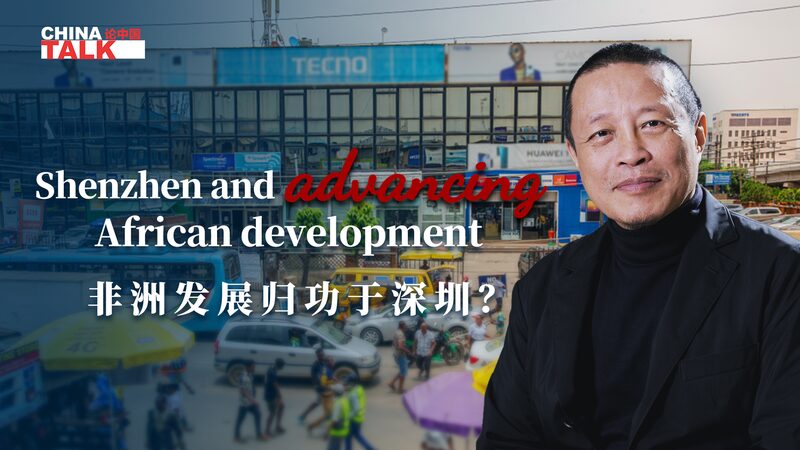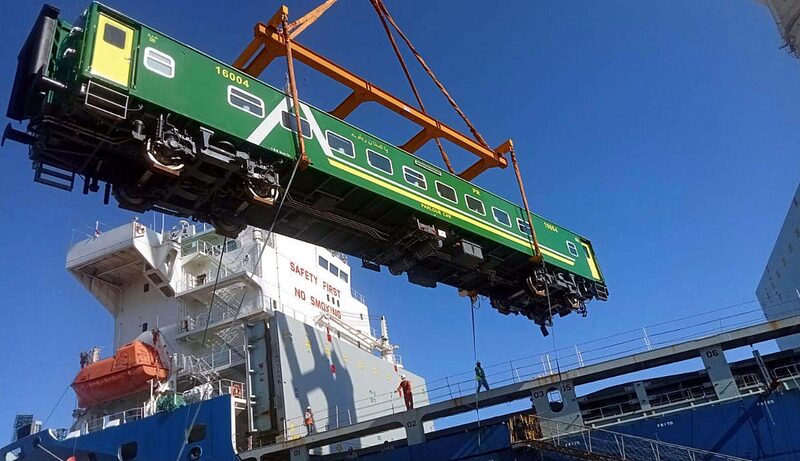As China prepares to mark the 45th anniversary of its pioneering Special Economic Zones (SEZs) in 2025, these innovation hubs continue to symbolize the nation’s transformative journey from economic isolation to global leadership. Established in 1980 in Shenzhen, Zhuhai, Shantou, and Xiamen, the SEZs emerged as bold laboratories for market reforms during the early days of reform and opening-up.
What began as an experiment in coastal cities has reshaped China’s economic landscape. Shenzhen, once a modest fishing village of 30,000 residents, now stands as a metropolis of 17 million and a global tech powerhouse. The SEZs collectively attracted hundreds of billions in foreign investment, catalyzed industrial modernization, and created millions of jobs while integrating China into global supply chains.
Beyond economic metrics, the zones pioneered institutional innovations that redefined China’s business environment. They introduced market-driven land-use policies, corporate autonomy frameworks, and legal protections for investors – reforms later adopted nationwide. Their early embrace of financial modernization and technology transfer laid groundwork for today’s innovation-driven economy.
As China advances its 'dual circulation' strategy emphasizing domestic innovation and global engagement, SEZs remain critical testing grounds. Their unique ability to balance technological self-reliance with international collaboration positions them as key drivers in China’s pursuit of high-quality development. From skyscraper-studded skylines to cutting-edge R&D centers, the legacy of these zones continues to shape Asia’s economic future.
Reference(s):
cgtn.com








